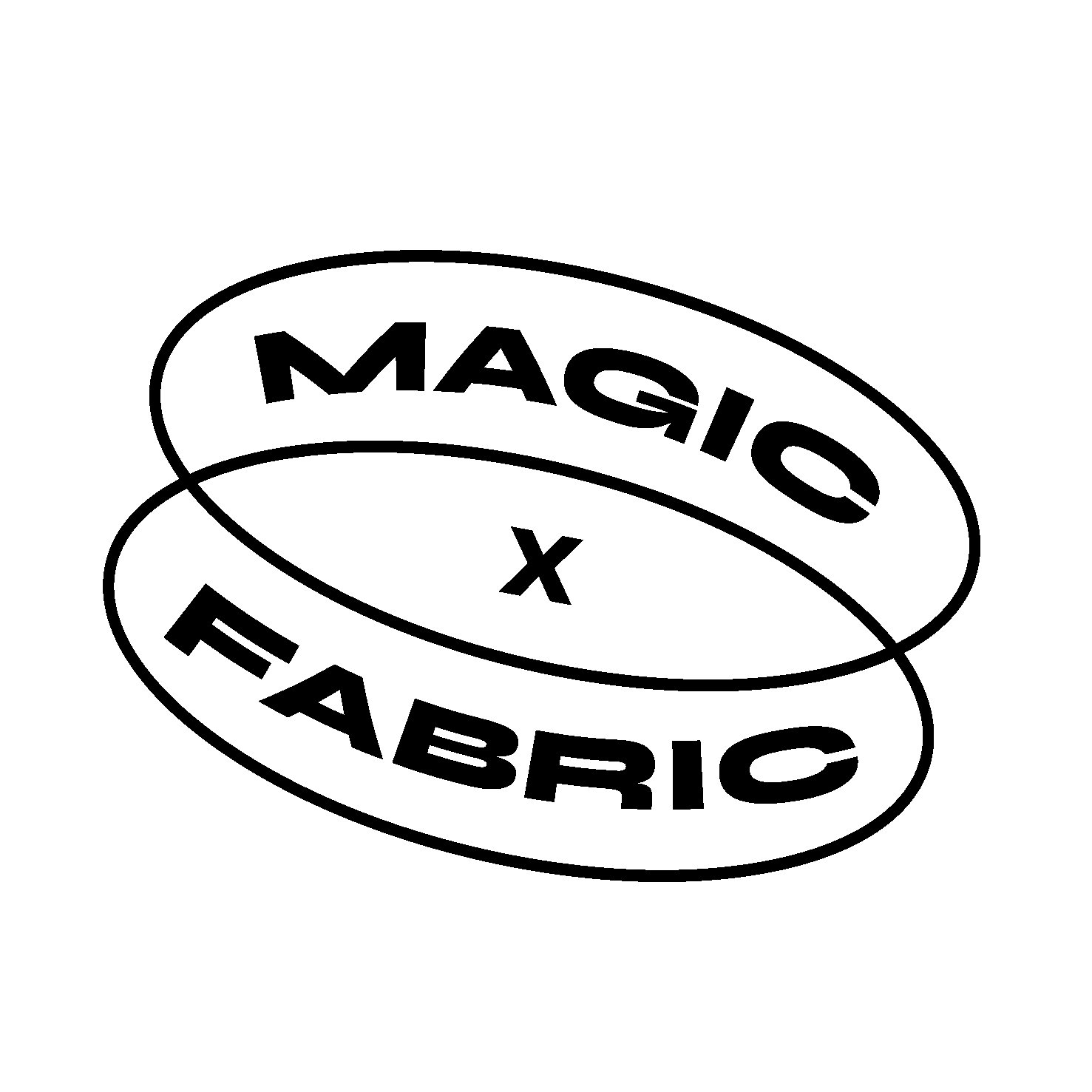
Craves: “AI Art Should Not Be Confused with Human-Made Art”
Is social media becoming a sufficient art medium in itself? This question is exemplified by the Greek artist known as Craves, who typifies a new generation of creators blending anonymity with hyper-public presence. Capturing attention in the digital art world with his distinctive style, Craves’ work is marked by a fusion of glitch aesthetics and grotesque forms, drawing deeply from Greece’s rich linguistic heritage.
Is social media the new art gallery?
–It certainly seems that way. While the experience of exhibiting in a traditional art gallery is unparalleled, the exposure you can achieve through platforms like Instagram is insane. The sheer volume of content can be overwhelming though, making it easy to get lost in the noise. This is why many emerging artists are turning to TikTokesque trends and satisfying process videos to capture the audience’s attention. At some point, the focus shifts from the art itself, becoming yourself a social media byproduct. I’m not saying I hate it, but I definitely don’t like it either.
How do you manage to maintain your artistic integrity while navigating the chaotic landscape of social media platforms and algorithms?
–I believe, by focusing solely on creating art. I prioritize my creative process over statistics and engagement tactics. I believe that genuine, beautiful artwork will always find an appreciative audience, even among the chaotic online world.
Having evolved from a music producer to a digital artist, both fields are now deeply integrated with generative AI. What is your perspective on AI art? Do you believe it enriches the art world, or does it risk diluting it? Additionally, would you be ok with having your work being used as training data?
–I believe generative AI has had a negative impact on visual art. In music, AI-generated compositions are unlikely to ever truly resonate with listeners, as audiences tend to have a deeper connection with the creators. However, in visual art, the reaction is different. Many people don’t seem to mind whether art is created by a human or by AI, but I believe this perception will change over time. Especially in 3D art, there’s a misconception that AI-generated and human-created works are similar, which is totally not the case. Producing quality 3D art requires an immense amount of hard work and skill. While AI-generated images have their place, particularly in technical applications, they should not be confused with the creative and labor-intensive process of human-made art.
Could you describe your current software setup and give us a walkthrough of your typical workflow?
–Everything starts with a concept, which is the most important aspect of my work. Whether it’s a painting, photograph, or sculpture, the concept is key and pretty much the whole deal. I use a variety of software tools in my workflow. I usually start with Daz3D base models (people need to pay respect to this sick software and not “forget” mentioning it), which I then transfer to ZBrush for shaping and detailing. Texturing is done in Substance Painter or using Texturing XYZ maps or Daz maps. Then I composite the whole thing inside Cinema 4D, rendering with Octane or sometimes Arnold. For grooming, I use XGen, Marvelous Designer for clothing, and rarely World Creator for landscapes. Despite the technical tools, the idea, composition, lighting, and overall aesthetic value remain the most critical elements.
What is something about the life of a 3D artist that people rarely consider or know about?
–I guess people are not very aware of the time an artwork requires. It’s very time-consuming, no less than any other form of art. Another thing I’ve realized over the years working in 3D art is that not many people know that this community has a distorted idea of intellectual property. Over these years, I’ve seen my work abused and ideas copied multiple times. This field can be highly technical, which unfortunately means that many people working in it lack the integrity and respect that art demands. It’s been a sad realization that some will do anything to gain a following, even if it means copying others’ style. But of course, this is the minority.
The world of digital art is constantly changing. What emerging technologies or artistic trends are you most interested in exploring in your future work?
–I really wanna get more into VFX and tracking real footage. I wanna make aliens dance in real life situations.
If one of your artworks were to be placed in a time capsule to be opened in 100 years, which piece would you choose and what message would you like to convey to a future receiver?
That’s a beautiful question. One of my favorite pieces is ‘δεσμός’. It features a woman nurturing a baby goat, which holds great meaning for me. Through this artwork, I aimed to convey the importance of showing love and compassion to animals. Animal cruelty deeply saddens me, and I would be very happy to know that in 100 years, it would be a dark chapter in human history.
What digital creators should we keep our eyes on in 2024?
–Anyone who even remotely tries to make something cool, new, fresh, original, or funny — just something not the same as everyone else.
You might also want to check out this article











